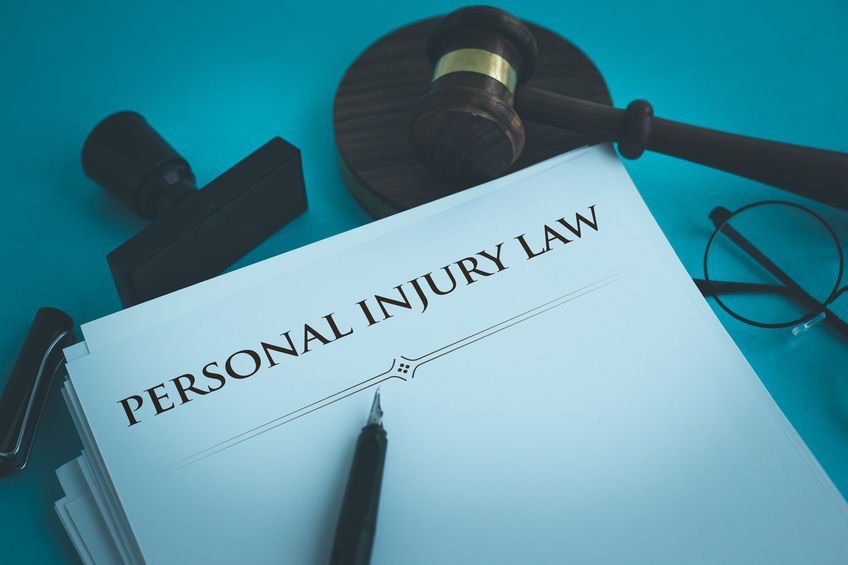Being involved in a car accident can be a traumatic experience, and if you’ve suffered injuries due to someone else’s negligence, you may be considering legal action. To navigate the complex world of personal injury claims successfully, it’s crucial to understand the terminology and key concepts involved in the process. In this article, we’ll explore important terms you should be familiar with when suing after a car accident in New York, and why consulting a personal injury lawyer.
Personal Injury Claim
A personal injury claim is a legal action taken by an individual who has been injured due to the negligence or wrongful actions of another party. In the context of car accidents, this involves seeking compensation for injuries and damages resulting from the collision.
Negligence

Source: ball-law.com
Negligence is the foundation of most personal injury claims. It refers to the failure to exercise reasonable care, resulting in harm to others. Proving negligence is crucial when suing after a car accident, as it establishes the other party’s liability.
Liability
Liability refers to the legal responsibility of a party for the injuries and damages caused in a car accident. Establishing liability is essential in personal injury claims, as it determines who should compensate the injured party.
Damages
In personal injury claims, damages encompass the physical, emotional, and financial losses suffered by the injured party. They can include medical bills, lost wages, pain and suffering, and property damage. Accurately calculating and documenting damages is essential for a successful claim.
Statute of Limitations
The statute of limitations is the timeframe within which a personal injury claim must be filed. In New York, this varies depending on the type of accident and the injuries sustained. Consulting a Personal Injury Lawyer in New York promptly is vital to ensure compliance with these deadlines.
Comparative Negligence
New York follows a comparative negligence system, which means that even if you share some responsibility for the accident, you may still recover damages. However, your compensation may be reduced in proportion to your degree of fault.
No-Fault Insurance
New York is a “no-fault” insurance state, which means that your own insurance company typically covers your medical expenses and lost wages regardless of who was at fault. However, you can pursue a personal injury claim against the at-fault party for additional damages, such as pain and suffering, if your injuries meet certain criteria.
Settlement
Many personal injury claims are resolved through settlements, where the injured party and the at-fault party’s insurance company agree on a compensation amount. A Personal Injury Lawyer in New York can help negotiate a fair settlement on your behalf.
Pre-Existing Condition

Source: hoffmanlawfirm.com
A pre-existing condition is a medical condition or injury that existed before the car accident. It can impact your personal injury claim, as the at-fault party may argue that your injuries were pre-existing and unrelated to the accident. Your lawyer can help address this issue.
Expert Witness
In complex personal injury cases, expert witnesses, such as medical professionals or accident reconstruction specialists, may be called upon to provide testimony to support your claim.
Conclusion
Suing after a car accident in New York can be a daunting process, but understanding these key terms can help you navigate the legal landscape more confidently. While it’s possible to pursue a personal injury claim on your own, consulting a Personal Injury Lawyer in New York is often the wisest choice. They can provide invaluable guidance, negotiate on your behalf, and work to secure the compensation you deserve, allowing you to focus on your recovery and move forward after a traumatic car accident.



